Beautiful Hydrangea paniculata Grandiflora
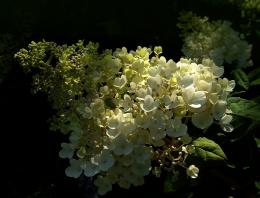
Every gardener or lover of indoor plants knows about hydrangea. This is an incredibly interesting plant. There are many types of hydrangea, because it is also grown in ordinary pots on window sills, planted on balconies, decorated with city flower beds, and grown in the garden. Each species is beautiful in its own way, each of them has its own characteristics. Hydrangea paniculata Grandiflora will serve as an undoubted decoration of any garden.
Content:
- Hydrangea paniculata: description
- Hydrangea: planting and care
- Hydrangea: propagation
- Hydrangea paniculata in landscape design
- Dried flowers
Hydrangea paniculata: description
Hydrangea variety "Grandiflora" can be grown as a shrub or a small tree. It can reach a height of two meters, and the diameter of the crown circumference is three meters.
This type of hydrangea differs in its inflorescences from other types of this wonderful plant.
Hydrangea Grandiflora flowers are collected in huge pyramidal panicle inflorescences, the length of which can reach 30 centimeters. Hydrangea flowers are mostly sterile, i.e. do not bear fruit. When flowering is just beginning, the flowers are creamy white in color. Their color then changes to pure white, gradually changing to pink. With the onset of autumn, towards the end of flowering, the Grandiflora hydrangea changes its color to greenish-red.

If the bush you bought does not develop typical inflorescences for a long time, do not rush to get rid of it.The plant needs time to develop, so provide it with the appropriate conditions and it will delight you for many years.
Hydrangea: planting and care
It is better to select shaded areas in the area for planting Grandiflora. The plant tolerates urban conditions quite well if it is provided with timely watering. The soil should be acidic or slightly acidic. Does not tolerate calcareous soils.
In winter, no additional shelter is required. In spring, it is necessary to monitor the accumulation of flood waters - stagnant moisture has a bad effect on the root system.
When planting, you first need to dig a planting hole 15-20 cm wider than the size of the root system. Add mature organic matter (rotted manure or compost) and acidic peat. Place the plant in the hole, moderately compact the soil around it and water with settled water.
Caring for adult specimens is simple - ensuring soil moisture and timely pruning.
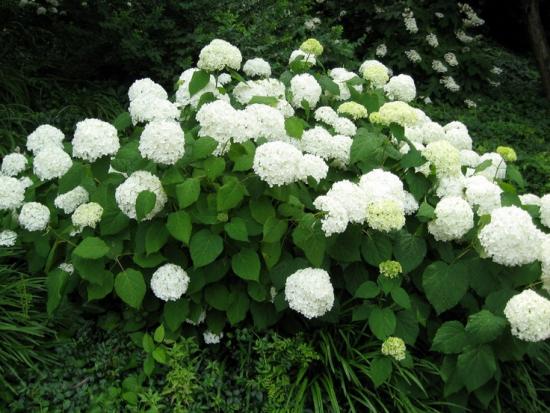
The plant tolerates well pruning. Pruning is carried out in the spring, when swollen buds are visible. First of all, diseased and old shoots are cut out. When forming the crown, the branches are shortened to the required length.
Hydrangea: propagation
Plants are propagated by layering, cuttings and dividing the bush. Hydrangea Grandiflora has a shallow root system that quickly spreads around the mother plant, producing suckers. This is exactly how this type of hydrangea reproduces.
Propagate Grandiflora by cuttings not difficult, but requires some knowledge. This hydrangea can be cut from cuttings only in the first ten days of June. At any other time, it is unlikely to take root. To do this, select a cutting with five to six nodes.The leaves of the two lower ones are cut off, then the cuttings are dug into loose, moist soil into two nodes. It is advisable to add sand to the soil. Cut off the remaining leaves by two-thirds, then cover the cutting tightly with a two- or three-liter jar. A prerequisite is to root the cuttings in the shade, constantly maintaining soil moisture.
Hydrangeas can be replanted throughout the growing season. But it is best to divide the bushes in spring and autumn.
Hydrangea paniculata in landscape design
For gardens made in a regular style, it is best to form a standard form. Hydrangeas of the “Grandiflora” variety are good for decorating grand staircases. If you plant a shrub near a house with columns, you will get a surprisingly expressive, one might say pompous, design of the front garden.
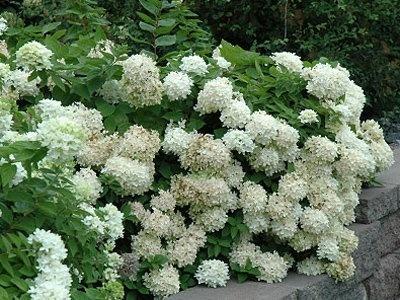
When decorating a garden in a landscape style, the natural bushy shape is left. The bush is placed in the foreground. To create tiered group compositions, it is good to plant mock orange, rowan, rowan. It is not advisable to plant plants close to fruit trees, as they will compete with each other for water.
Dried flowers
The beauty of Grandiflora can be preserved for winter bouquets of dried flowers. If you cut off the inflorescences and hang each individually upside down, then their beauty will serve as the basis for a winter composition. Moreover, the color that the inflorescences had when cut will remain in dry form. The only thing is that such dried flowers should be protected from exposure to direct sunlight, otherwise they will fade and lose their color.
Hydrangea paniculata variety "Grandiflora" - undemanding to agricultural technology gardening culture.By providing your green pet with an appropriate place in the garden, you will be rewarded with spectacular and long-lasting flowering for many years.
In addition, hydrangeas are used for cutting and in container plantings - to decorate verandas, patios and balconies.

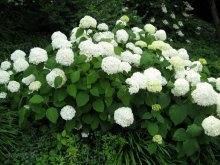
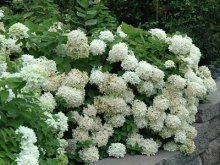
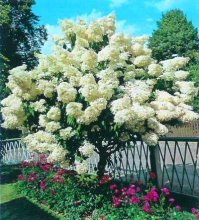
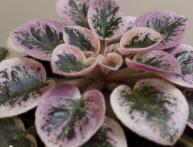
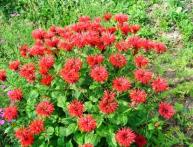
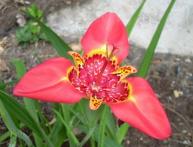
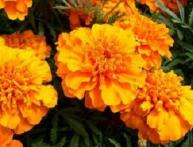
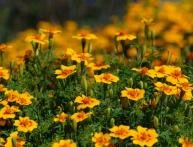
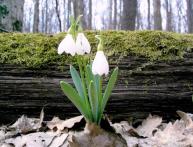

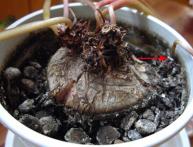
Comments
where can you buy this beauty if it is not available in Russia and orders are not accepted now?
My wife and I have been working on hydrangeas for about eight years now. This flower loves partial shade and very acidic soil rich in iron. This gives the flower a completely different color.
My grandmother grows such a bush. I always looked at it and thought, what is it called? Now it turns out that it is hydrangea. I didn’t think that it also needed to be planted and raised in any special way.
Are hydrangea and lilac not the same thing? If not, they are very similar! I really love lilac! And it’s great that during the flowering period hydrangea changes the color of its inflorescences from white to green, so unusual!
From the outside, hydrangea is somewhat similar to a lilac bush. She has been growing in our dacha for three years now. Looking at her, you can say that you have found yourself in a piece of paradise and you want to dream about something pleasant and fabulous.